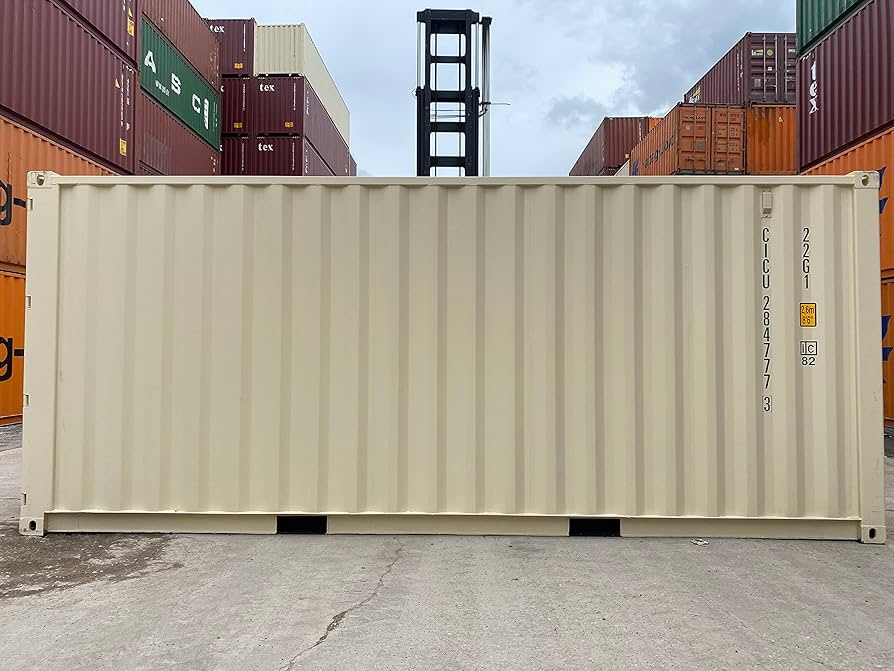The Pros and Cons of Living in a Shipping Container Home

Shipping container homes have gained significant popularity in recent years as an innovative and sustainable housing option. These homes, constructed from repurposed shipping containers, offer a unique blend of modern aesthetics, affordability, and eco-friendliness. However, like any housing solution, they come with their own set of advantages and disadvantages. This article will explore the pros and cons of living in a shipping container home, helping potential homeowners make an informed decision.
Pros of Living in a Shipping Container Home
- Affordability One of the most compelling reasons people choose shipping container homes is their affordability. Traditional housing can be expensive, with costs for materials, labor, and land quickly adding up. In contrast, a basic shipping container can be purchased for a few thousand dollars, and even after factoring in the costs of insulation, plumbing, and electricity, the overall expense is often significantly lower than that of a conventional home. This makes shipping container homes an attractive option for first-time homebuyers, those on a tight budget, or individuals looking to downsize.
- Eco-Friendly Shipping container homes are a sustainable housing option. By repurposing containers that would otherwise sit unused, homeowners contribute to reducing waste and recycling materials. Additionally, these homes often have a smaller carbon footprint compared to traditional homes, especially if built using energy-efficient methods. Many owners opt to incorporate renewable energy sources, such as solar panels, further enhancing the eco-friendliness of their homes.
- Durability and Strength Shipping containers are designed to withstand harsh conditions at sea, making them incredibly durable and strong. They are built to handle heavy loads, extreme weather, and rough handling. When properly reinforced, these containers can serve as sturdy homes that are resistant to natural disasters like earthquakes and hurricanes. This durability ensures that a shipping container home can last for many years with minimal maintenance.
- Speed of Construction Building a shipping container home can be much quicker than constructing a traditional home. The basic structure is already in place, so the primary focus is on modifications and interior design. In some cases, a shipping container home can be ready to live in within a few months. This speed of construction is ideal for those who need a home quickly or want to minimize the disruption associated with a lengthy building process.
- Unique Design and Aesthetic Appeal Shipping container homes have a distinctive, modern look that appeals to many people. The industrial style, with its clean lines and minimalist design, can be customized in various ways to reflect the owner’s taste. Whether stacked, arranged side by side, or combined with traditional building materials, shipping containers offer endless possibilities for creative and unique home designs.
Cons of Living in a Shipping Container Home
- Limited Space One of the most significant drawbacks of shipping container homes is the limited space. A standard shipping container is typically 8 feet wide and 8.5 feet tall, with lengths of either 20 or 40 feet. While it’s possible to combine multiple containers to create more space, the narrow width can feel cramped, especially for larger families or those accustomed to more spacious living environments. This limitation may require careful planning and creative solutions to maximize the available space.
- Insulation Challenges Shipping containers are made of steel, which is not naturally insulating. Without proper insulation, these homes can become unbearably hot in the summer and freezing cold in the winter. Insulating a container home can be challenging and costly, particularly if energy efficiency is a priority. Homeowners must invest in high-quality insulation materials and techniques to ensure a comfortable living environment year-round.
- Building Permits and Zoning Regulations While shipping container homes are gaining acceptance, they are still a relatively new concept in many areas. This can lead to challenges in obtaining building permits and meeting zoning regulations. Some municipalities may have specific codes that restrict or complicate the construction of container homes. Potential homeowners should research local regulations thoroughly before committing to this type of housing to avoid legal and bureaucratic hurdles.
- Resale Value The resale value of a shipping container home can be unpredictable. While these homes are trendy now, the market for them is still niche, and future demand is uncertain. Potential buyers may have concerns about the longevity, maintenance, and unconventional nature of container homes, which could impact resale value. Homeowners should consider this factor if they plan to sell their container home in the future.
- Health and Safety Concerns Shipping containers are not originally designed for human habitation, which can raise health and safety concerns. For example, some containers may have been treated with harmful chemicals or pesticides during their use in shipping, posing potential risks if not properly cleaned and sealed. Additionally, cutting and welding the steel to create windows, doors, and ventilation can compromise the structural integrity if not done correctly. It is crucial to work with experienced professionals who understand the unique challenges of converting a shipping container into a safe and livable home.
Conclusion
Living in a shipping container home offers a unique lifestyle with several advantages, including affordability, sustainability, and durability. However, potential homeowners must also consider the challenges, such as limited space, insulation issues, and regulatory hurdles. By carefully weighing the pros and cons, individuals can determine whether a shipping container home aligns with their needs, budget, and long-term goals. As with any housing choice, thorough research and planning are essential to making the most of this innovative and intriguing option.
 Singapore
Singapore Australia
Australia Indonesia
Indonesia Japan
Japan Malaysia
Malaysia New Zealand
New Zealand Philippines
Philippines South Korea
South Korea Taiwan
Taiwan Thailand
Thailand VIETNAM
VIETNAM
